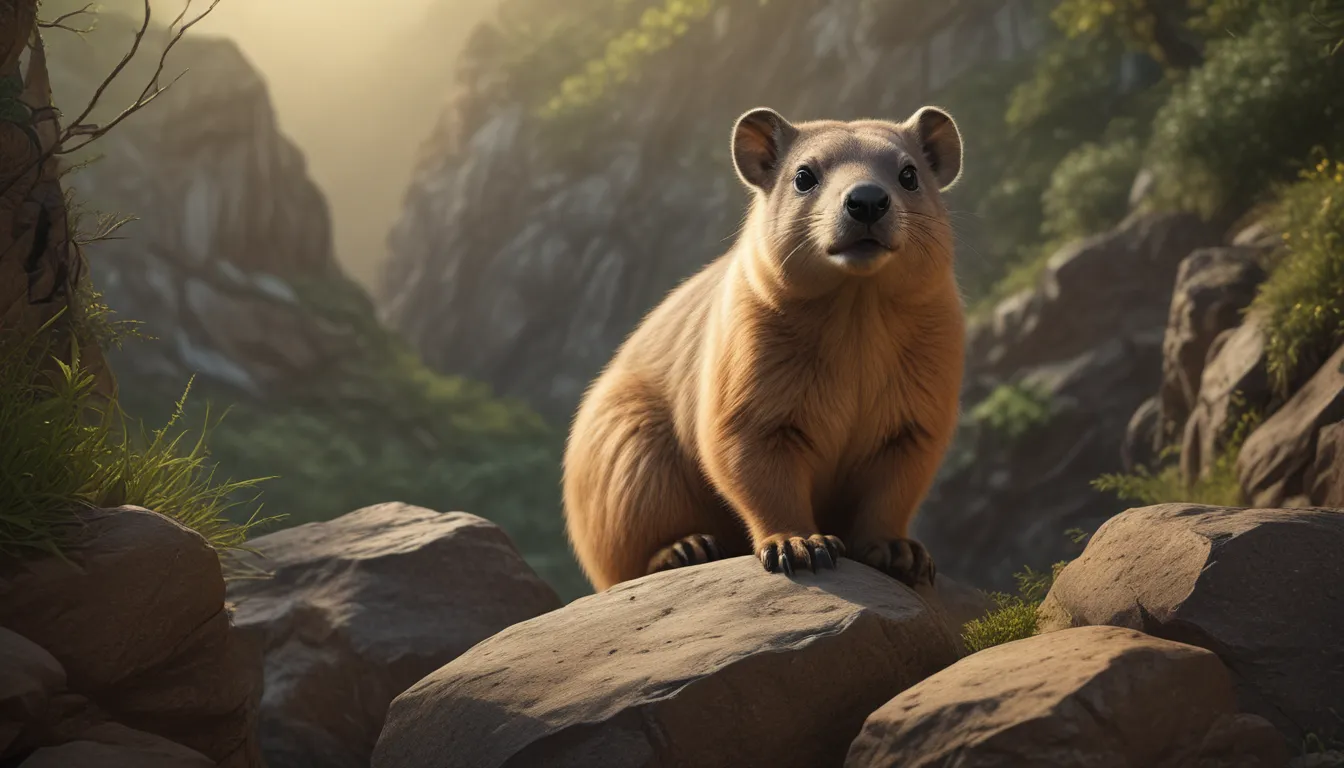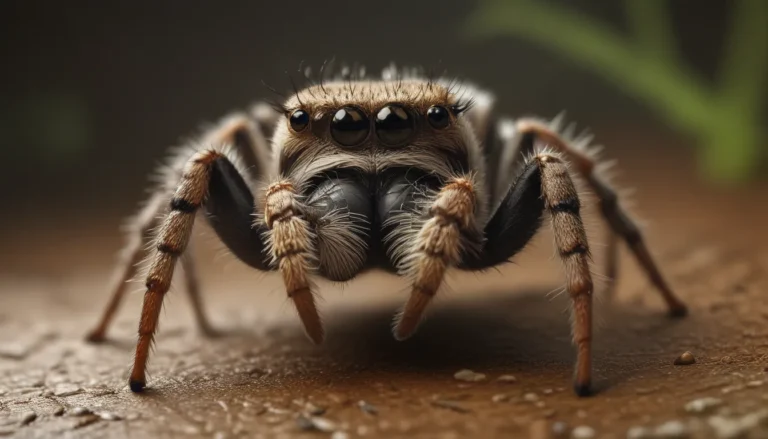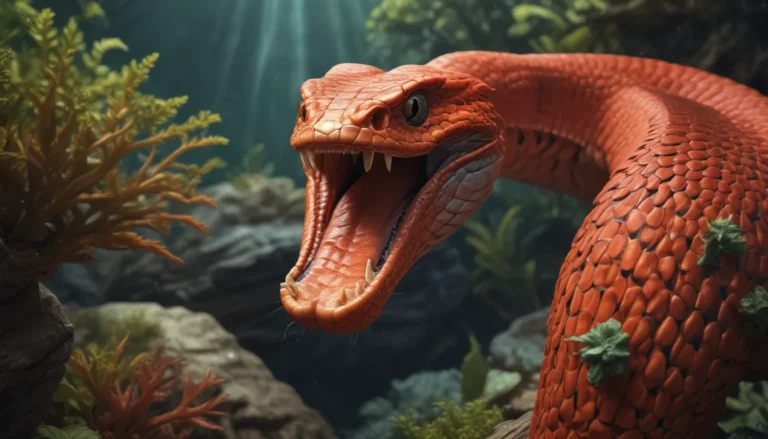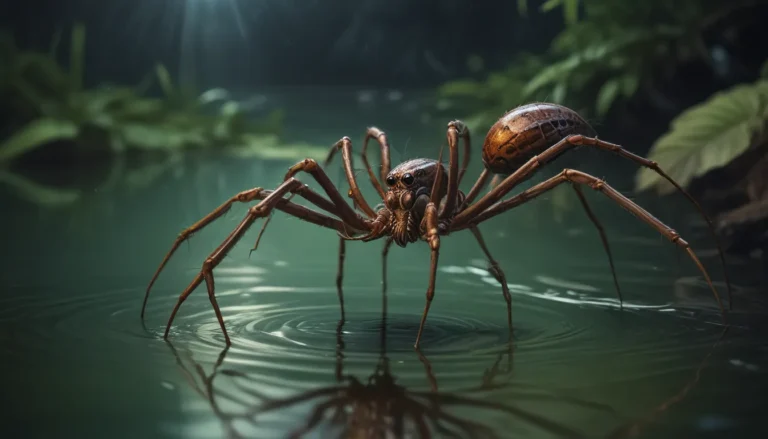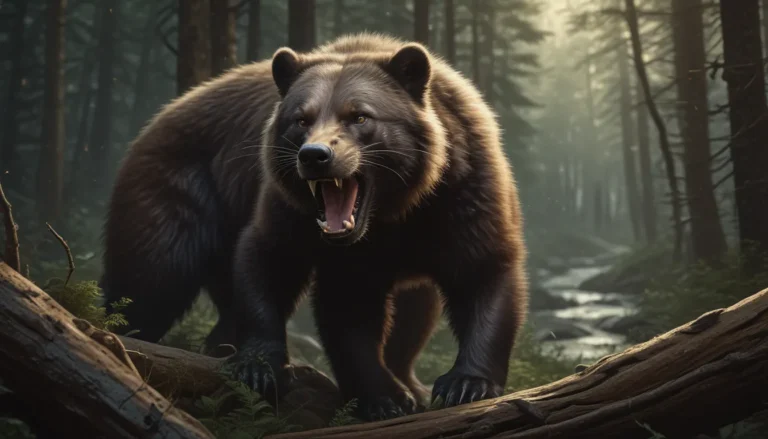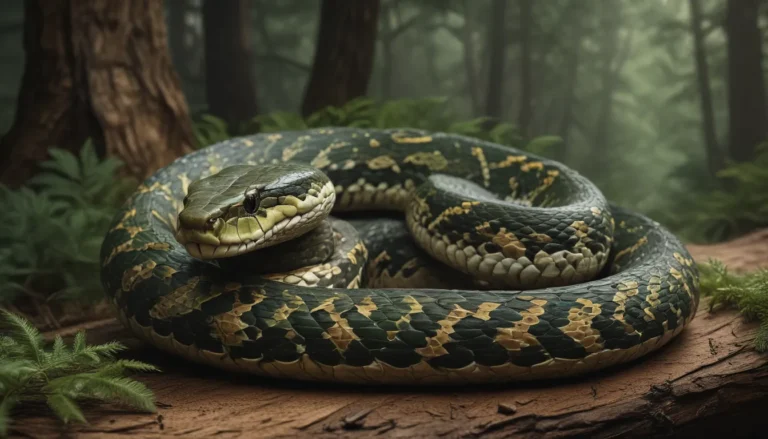The pictures we use in our articles might not show exactly what the words say. We choose these pictures to make you interested in reading more. The pictures work together with the words but don’t take their place. The words still tell you the important facts.
Are you intrigued by the wonders of the animal kingdom? Have you ever heard of the rock hyrax, a unique mammal that often goes unnoticed despite its remarkable characteristics? Native to Africa and the Middle East, the rock hyrax is a fascinating creature with surprising evolutionary connections to elephants and manatees. Join us as we delve into 16 interesting facts about the rock hyrax that will shed light on this intriguing animal's world. From its diet and behavior to its communication skills and ecological significance, the rock hyrax continues to captivate researchers and wildlife enthusiasts alike.
The Fascinating World of Rock Hyrax
Rock hyraxes are social herbivores with a diverse communication system, living in colonies led by a dominant male. Their unique adaptations and ecological role make them a fascinating species to study and appreciate. Despite their small size, rock hyraxes play a crucial role in their ecosystem as herbivores and prey. Their cultural significance in certain African cultures adds to their uniqueness and intrigue.
The Diet of Rock Hyrax
One of the most intriguing facts about rock hyraxes is their diet. These herbivorous creatures primarily feed on vegetation such as leaves, fruits, and bark. This diet allows them to thrive in their rocky habitats, showcasing their adaptability to diverse environments.
The Social Behaviors of Rock Hyrax
Rock hyraxes are highly social animals that live in communities known as colonies. These colonies can consist of up to 80 individuals and are led by a dominant male. Communication is key among rock hyraxes, who use a variety of vocalizations, including grunts, screams, and whistles, to interact with one another.
The Physical Appearance of Rock Hyrax
The rock hyrax is a compact mammal with a stout body and short limbs. Their coarse, dense fur ranges in color from gray to brown, providing excellent camouflage against their rocky surroundings. With small rounded ears and long whiskers, rock hyraxes have a distinctive appearance that sets them apart.
The Habitat of Rock Hyrax
Rock hyraxes are primarily found in rocky outcrops and cliffs in sub-Saharan Africa. They have adapted to various habitats, including mountains, forests, and savannas. Their exceptional climbing abilities, thanks to specialized foot pads, allow them to grip rock surfaces with ease.
The Communication Skills of Rock Hyrax
Rock hyraxes have a rich repertoire of communication methods. In addition to vocalizations, they use scent marking and visual displays to communicate within their colonies. These behaviors help maintain social structure and territorial boundaries, highlighting the importance of communication in their lives.
The Predators of Rock Hyrax
Despite their small size, rock hyraxes face threats from predators such as birds of prey, large snakes, jackals, and other carnivorous mammals. Their ability to navigate rocky terrain and utilize communication for safety is crucial in avoiding predators.
The Reproduction Process of Rock Hyrax
Rock hyraxes have a unique reproductive system. Females have a gestation period of around seven months and give birth to a single offspring. The pup, as the young rock hyrax is called, can walk shortly after birth and remains dependent on its mother for several months before becoming independent.
The Dental Structure of Rock Hyrax
Rock hyraxes have strong teeth adapted to their herbivorous diet. With sharp incisors for biting tough vegetation and molars with complex ridges for grinding plant material, their dental structure is essential for their survival. Their teeth play a vital role in adapting to their diet.
The Relationship Between Rock Hyrax and the Sun
Rock hyraxes are known to bask in the sun to regulate their body temperature. By sunbathing on rocky ledges, they absorb warmth during cooler hours to maintain their optimal body temperature and energy levels. This behavior showcases their ability to adapt to environmental conditions.
The Conservation Status of Rock Hyrax
Currently listed as a species of least concern on the IUCN Red List of Threatened Species, the rock hyrax faces potential threats from habitat destruction and human encroachment in certain regions. Continued monitoring and conservation efforts are crucial for ensuring their long-term survival.
The Adaptations of Rock Hyrax
Rock hyraxes have evolved various adaptations to thrive in their rocky habitat. Their padded feet, strong claws, and exceptional climbing abilities enable them to navigate steep terrain with ease. Additionally, their resilient fur provides insulation and protection from external elements, highlighting their resilience.
The Lifespan of Rock Hyrax
Compared to other small mammals, rock hyraxes have a relatively long lifespan. In the wild, they can live for around 12 to 15 years, while in captivity, their lifespan can extend up to 20 years. Proper nutrition, healthcare, and protection from predators contribute to their longevity.
The Vocalizations of Rock Hyrax
Communication is fundamental in rock hyrax colonies, with a diverse range of vocalizations used for various purposes. From alarm calls to warn of danger to group calls for coordination and territorial calls to establish boundaries, their vocal repertoire is fascinating and essential for their social structure.
The Social Structure of Rock Hyrax
Rock hyrax colonies have a strict social structure with a dominant male, known as the harem leader, maintaining breeding rights. Bachelor males may form smaller groups and challenge the harem leader for control over the colony, highlighting the dynamics within rock hyrax communities.
The Ecological Role of Rock Hyrax
Rock hyraxes play a vital ecological role as herbivores and prey animals. By consuming plant species, they help maintain vegetation balance within their habitats. As prey, they contribute to the food chain, providing sustenance to their predators and influencing the ecosystem.
The Cultural Significance of Rock Hyrax
In certain African cultures, rock hyraxes hold cultural significance, associated with folklore, symbolism, and spirituality. Representing qualities such as resilience, adaptability, and unity, they play a unique role in the cultural beliefs and traditions of these communities.
Uncover More Fascinating Facts
This glimpse into the world of rock hyraxes offers a deeper appreciation for these remarkable creatures and their unique characteristics. By understanding their diet, behavior, communication skills, and ecological role, we gain insight into the intricate web of life they are a part of. The diverse adaptations of rock hyraxes enable them to thrive in challenging environments, showcasing their resilience and ability to adapt. Overall, rock hyraxes deserve recognition for their significant contribution to the animal kingdom and our understanding of the natural world.
FAQs
- What is a rock hyrax?
-
A rock hyrax is a small mammal native to Africa and the Middle East, closely related to elephants and manatees.
-
What do rock hyraxes eat?
-
Rock hyraxes are herbivores, primarily feeding on leaves, fruits, bark, and grass.
-
Where do rock hyraxes live?
-
Rock hyraxes are commonly found in rocky habitats in sub-Saharan Africa, including mountainsides and cliffs.
-
How do rock hyraxes communicate?
-
Rock hyraxes communicate through vocalizations such as grunts, screams, and whistles, along with scent marking and visual displays.
-
Do rock hyraxes have predators?
-
Yes, rock hyraxes have predators including birds of prey, snakes, and carnivorous mammals.
-
Are rock hyraxes social animals?
-
Yes, rock hyraxes are highly social animals, living in colonies led by a dominant male.
-
Can rock hyraxes swim?
-
While not known for swimming abilities, rock hyraxes can navigate through water when necessary.
-
Are rock hyraxes endangered?
- Rock hyraxes are currently classified as a species of least concern, but face threats from habitat loss and climate change.
Dig deeper into the captivating world of mammals and discover the wonders of herbivores and their interactions with the environment. Explore the intricate behaviors of animals and their role in maintaining the balance of ecosystems. Join us on a journey of discovery as we uncover the fascinating facts that make the animal kingdom a vibrant and diverse realm to explore.
